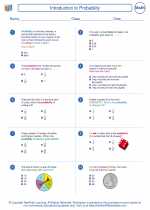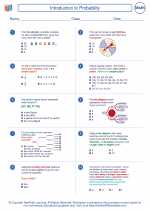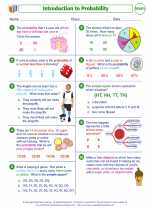Chord Theorem
The chord theorem, also known as the intersecting chords theorem, is a fundamental concept in geometry that relates the lengths of intersecting chords within a circle. This theorem states that when two chords intersect inside a circle, the product of the segments of one chord is equal to the product of the segments of the other chord. In other words, if two chords AB and CD intersect at point P inside a circle, then AP * PB = CP * PD.
Understanding the Chord Theorem
To better understand the chord theorem, it's important to remember that a chord is a line segment that connects two points on the circle. The chord theorem applies when two chords intersect inside the circle, forming four segments. The theorem states that the products of the segments of one chord are equal to the products of the segments of the other chord.
Example Problem:
Let's consider a circle with two intersecting chords, AB and CD, where AP = 4, PB = 3, CP = 5, and PD = x. Using the chord theorem, we can solve for the value of x:
AP * PB = CP * PD
4 * 3 = 5 * x
12 = 5x
x = 12 / 5
x = 2.4
Study Guide for Chord Theorem:
- Understand the definition of a chord and its properties in a circle.
- Learn the statement of the chord theorem and how it applies to intersecting chords.
- Practice solving problems involving the chord theorem to become familiar with its application.
- Explore real-world examples where the chord theorem can be used to solve practical problems related to circles and geometry.
- Review and reinforce understanding by solving additional exercises and problems related to the chord theorem.
By mastering the chord theorem, you can develop a deeper understanding of circle geometry and enhance your problem-solving skills in mathematics.
.◂Math Worksheets and Study Guides Seventh Grade. Introduction to Probability

 Worksheet/Answer key
Worksheet/Answer key
 Worksheet/Answer key
Worksheet/Answer key
 Worksheet/Answer key
Worksheet/Answer key
 Worksheet/Answer key
Worksheet/Answer key
